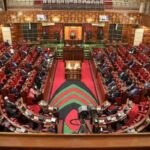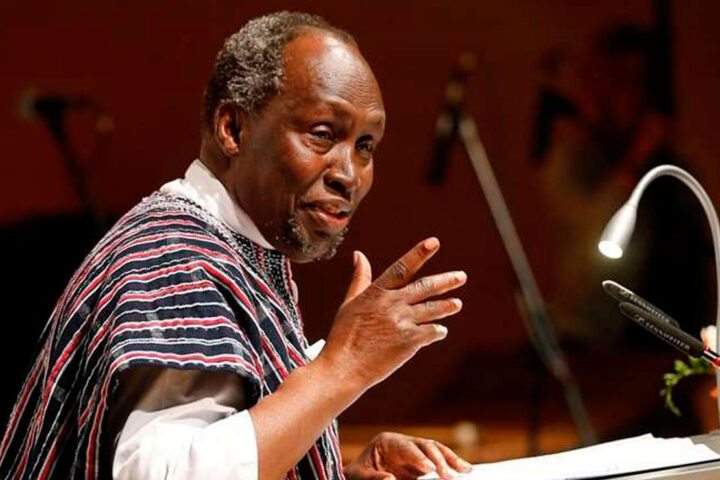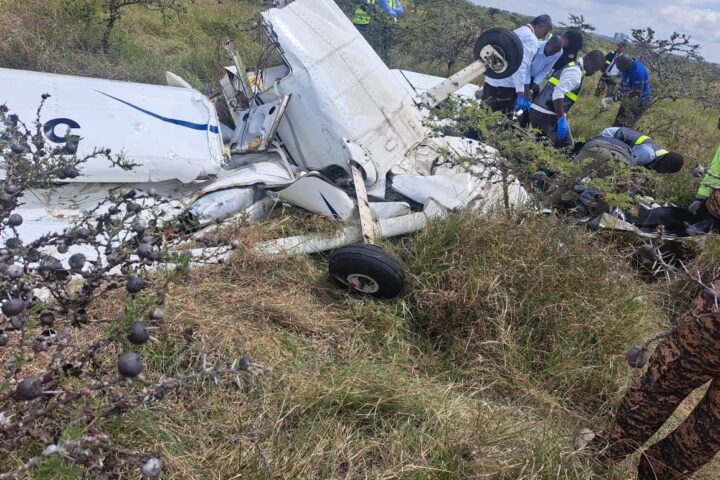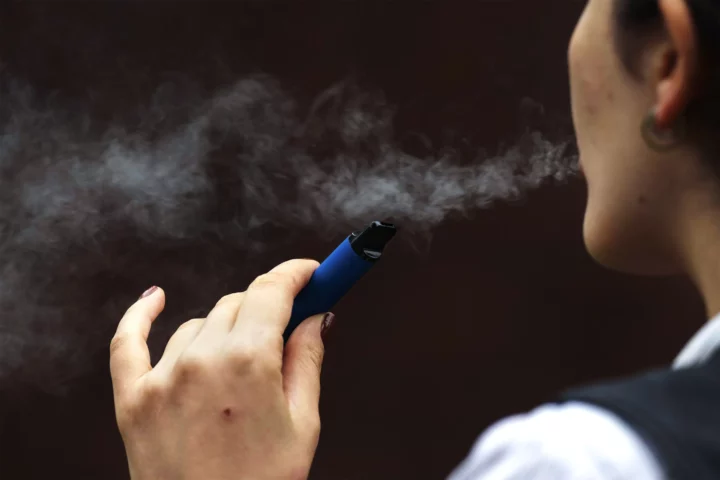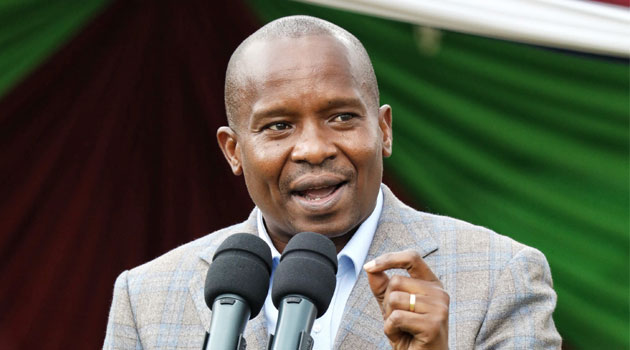With the exception of the Covid-19 epidemic era, fuel consumption declined to it’s lowest levels in more than 5 years between January and June due to high pump costs that suppressed demand and encouraged the middle class to leave their cars at home.
According to official figures, super gasoline consumption declined by 5% to 1.01 billion liters from 1.074 billion liters the previous year, while diesel consumption dropped by 4% to 1.31 billion liters from 1.36 billion during the same time.
With the exception of 2020, when limits put in place to stop the coronavirus’s spread caused demand from the manufacturing and transportation sectors to decline, this is the lowest use of the 2 fuels in 5 years.
Given that gasoline consumption is one of the key economic factors, the decline is expected to have an effect on the growth of the nation’s gross domestic product.
With the Value Added Tax (VAT) on fuel increasing to 16% and the price stabilization program ending, which has caused pump prices to reach record highs, consumption is predicted to decline even further in the second half of this year.
“We are dealing with several governments and the suppliers of these products. We are likely to be going to even harder times,” Energy Cabinet Secretary Davis Chirchir said last month.
Following the most recent price review in mid-September, a litre of super gasoline is currently selling for KSh211.64 in Nairobi, while a litre of diesel is selling for KSh200.99. The government has warned that prices will rise much further in the upcoming months.
After the State began a phased withdrawal of a subsidy program that had been used to cushion Kenyans for 2 years, consumers had been struggling with expensive petrol even before the record-high prices revealed 2 weeks ago.
A litre of super gasoline increased to KSh179.30 from KSh177.30 in the previous month as part of the monthly pricing review that began on 14 March.
In that particular monthly cycle, diesel prices increased from KSh162 to KSh168.40, hurting consumers in Kenya’s mostly diesel-run economy.
In the first half of 2020, use of diesel was 1.16 billion liters, while that of super fuel was 868.68 million liters due to restrictions the nation implemented after the Covid-19 epidemic broke out.
In the months of April, May, and June of 2020 during an economic closure, diesel consumption fell significantly as a result of the strict regulations put in place by the government to stop the virus’ spread.
Diesel is the most popular fuel for use in agricultural machinery including tractors and harvesters as well as public transportation services. Thermal power stations also use the fuel to produce energy.
Kerosene, the other fuel covered by the subsidy program since 2021 and used in low-income dwellings for cooking and lighting, also experienced a decline in the first half of this year.
Kerosene usage fell to its lowest point, including during the coronavirus outbreak. Between January and June of this year, homes used 43.59 million liters, a 27.6% decrease from 60.21 million liters during the same time previous year.
Homes utilized 119.1 million liters of kerosene between January and June 2020, when the nation was placed under a Covid-induced lockdown. This was the most during a comparable time since 2019.
In the monthly pricing schedule to 14 October, the State eliminated the fuel subsidy, driving up fuel prices and reducing demand while reducing traffic jams during the previous 2 weeks.
Kenya had been subsidizing pump prices since 2021 to lessen the effects of the high worldwide costs of refined fuel, but the International Monetary Fund’s pressure and the Exchequer’s troubles to pay oil marketers led to the scheme’s termination.
The consumption data for the time period between July and December will show the effects of the high pump prices.
Businesses have already issued warnings that a rise in energy costs may compel them to reduce production or raise prices, preparing Kenyans for harder times to come.
The costs of diesel and super petrol in Kenya and Uganda are currently the highest in East Africa, much higher than those in Tanzania, Rwanda, and the Democratic Republic of the Congo.
A litre of diesel costs KSh189.38 in Tanzania, KSh177.72 in the Democratic Republic of the Congo, and KSh180.64 in Rwanda.
Super gasoline costs KSh186.47 in Tanzania, KSh179.18 in the Democratic Republic of the Congo, and KSh198.12 in Kigali, Rwanda. Since the beginning of this year, the cost of refined petroleum has increased, and the decision by major oil-producing nations to reduce supplies, particularly Saudi Arabia and Russia, has made the situation worse.
This has had a negative impact on the economies of nations that do not produce oil, like Kenya, which imports all of it’s fuels.

















